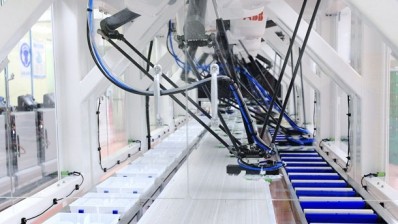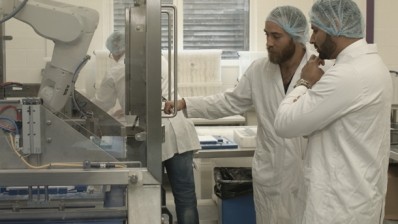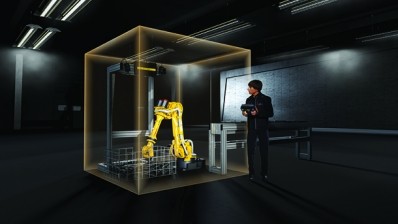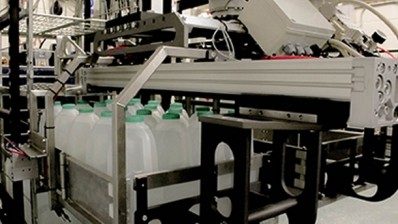‘Robotic chef’ launched at Lincoln University
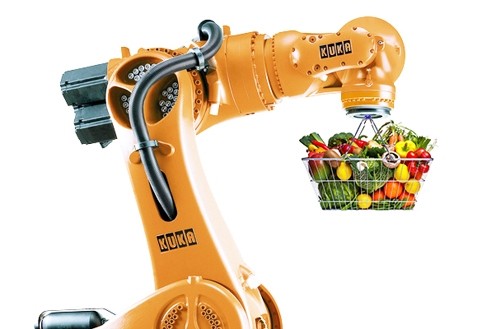
The university is working in collaboration with OAL, the company behind a novel steam infusion cooking technology, which is already used at the National Centre for Food Manufacturing (NCFM) at Lincoln’s Holbeach campus.
Much secrecy surrounds the Automated Processing Robotic Ingredient Loading (APRIL) ‘robotic chef’ system developed by OAL, because of the commercial interest being shown in this technology in advance of the launch.
However, it is said to use modern cooking and material handling technologies to process ingredients on an industrial scale.
The launch event will take place at the NCFM on Thursday April 28 2016, where representatives from OAL, the University of Lincoln and Kuka will outline the use of robotics in food manufacturing. The event will include a full-scale demonstration of the system, which includes a 5t industrial robot recently installed at the test centre.
Scale of the system
What sets this system apart from other robotic manufacturing cells is “the sheer scale of the system”, said Mark Swainson, head of research at the Holbeach campus.
“It’s more of a front-end approach. Most robotics and automation that is happening is end-of-line: palletisation, product casing, product packing. This is really recipe management and recipe control of liquid food products,” said Swainson.
“So many food manufacturing set-ups right now are running on technologies that are 20 to 30 years old; a lot of traditional cook-chill, cook-freeze systems. So products can be held for long periods of time; they can be over-mixed and over-processed.
Labour and product benefits
“With this process we are looking to emulate the chef in the kitchen but in a large-scale batch robotic environment, which brings with it labour and product benefits.”
Typical applications include soups, sauces and ready meals, where this technology could be used to optimise liquid food processing, said Swainson.
APRIL allows users to scale up the approach chefs use to prepare restaurant food. It features robotic cells which are of sufficiently modular and flexible design to switch between products.
Analysis of existing chilled food plants indicates a 7–14% bottom line improvement is possible following adoption of this technology, claimed the developers.
